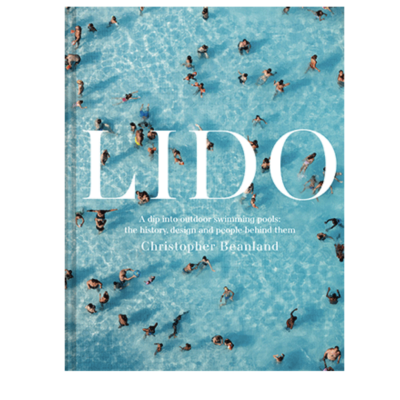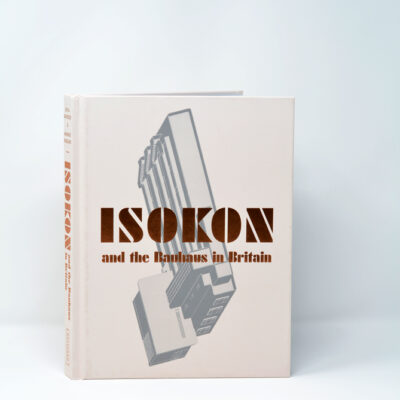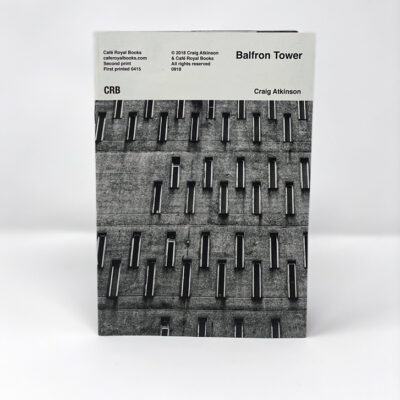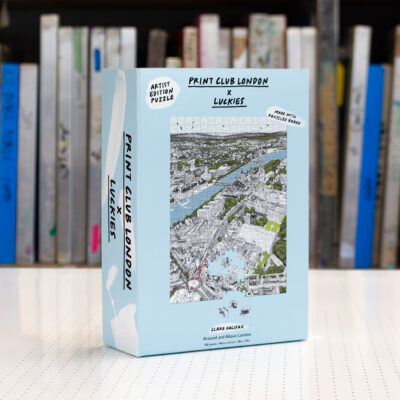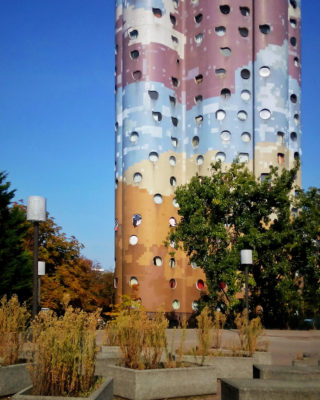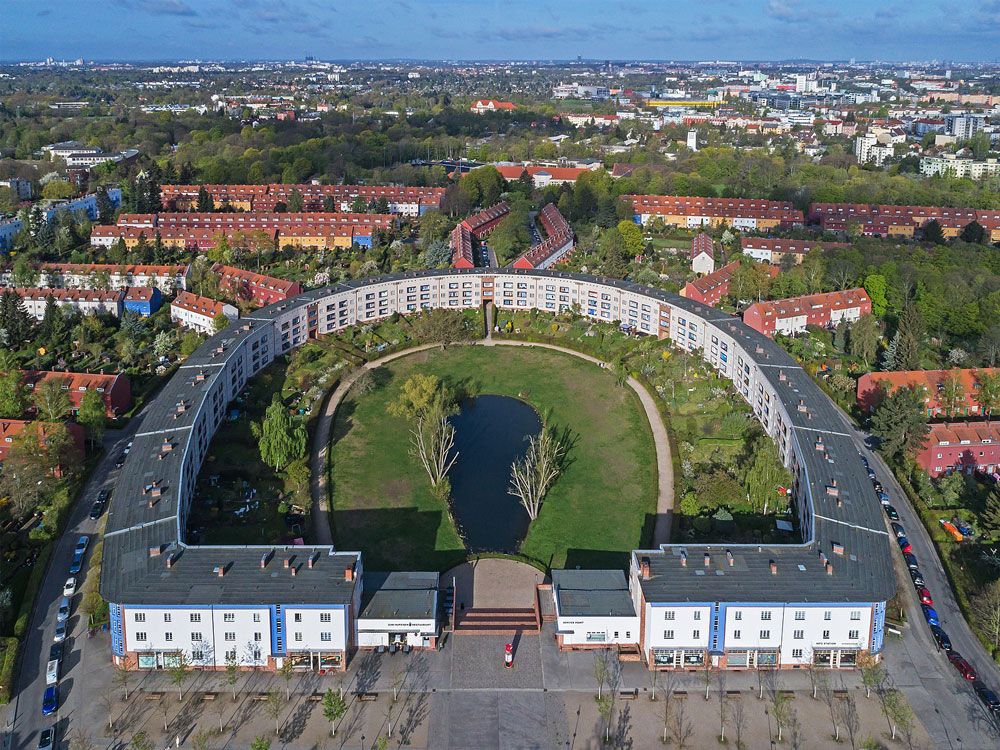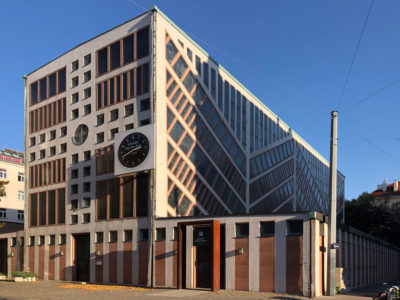Sense of Now
It’s hard to imagine a time when driving was a leisure pursuit, but in 1930s Denmark there was no better way to spend a Sunday than to jump in your car (your bil) and go for a spin. This was the coming of age of the motor industry and everyone who could afford a car wanted to show it off. The Danish motor car-owners association wanted to get in on the act and so did the American oil company, Texaco. Arne Jacobsen, who had already made a name for himself in Danish creative and architecture circles was commissioned to design a petrol station, with a view to this being a prototype to roll out across the country.
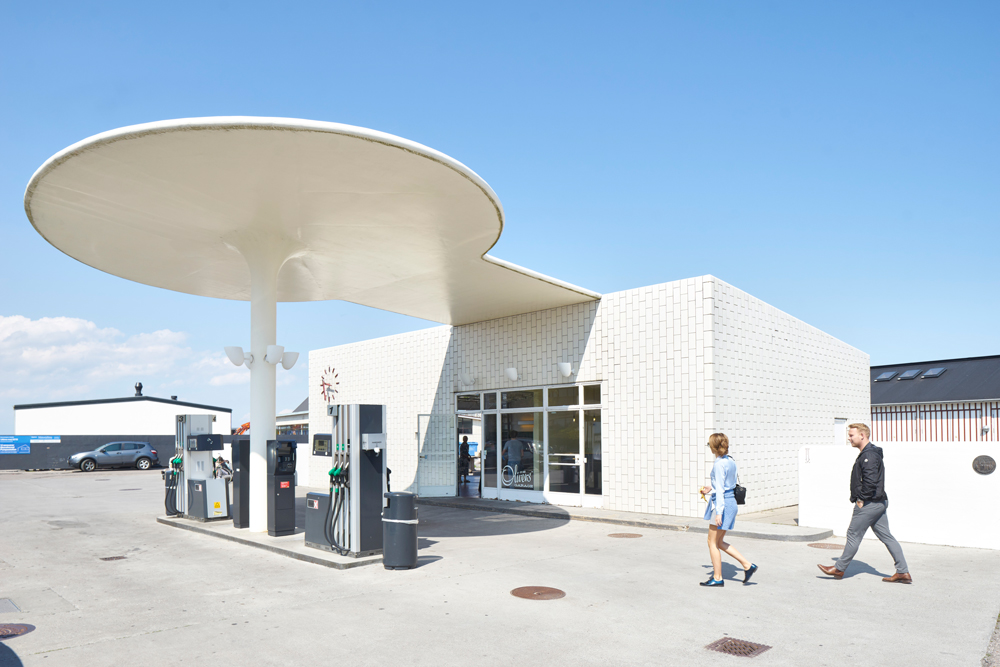
Petrol Station, Skovshoved, Denmark Image © Nils Koenning
The motor association was busy building FDM campsites for drivers to converge on and frankly, it’s a real horse and cart situation – one could not survive and thrive without the other. The dream of multiple mushrooms popping up was never realized – let’s face it, a year later in 1939 much of Europe was at war.
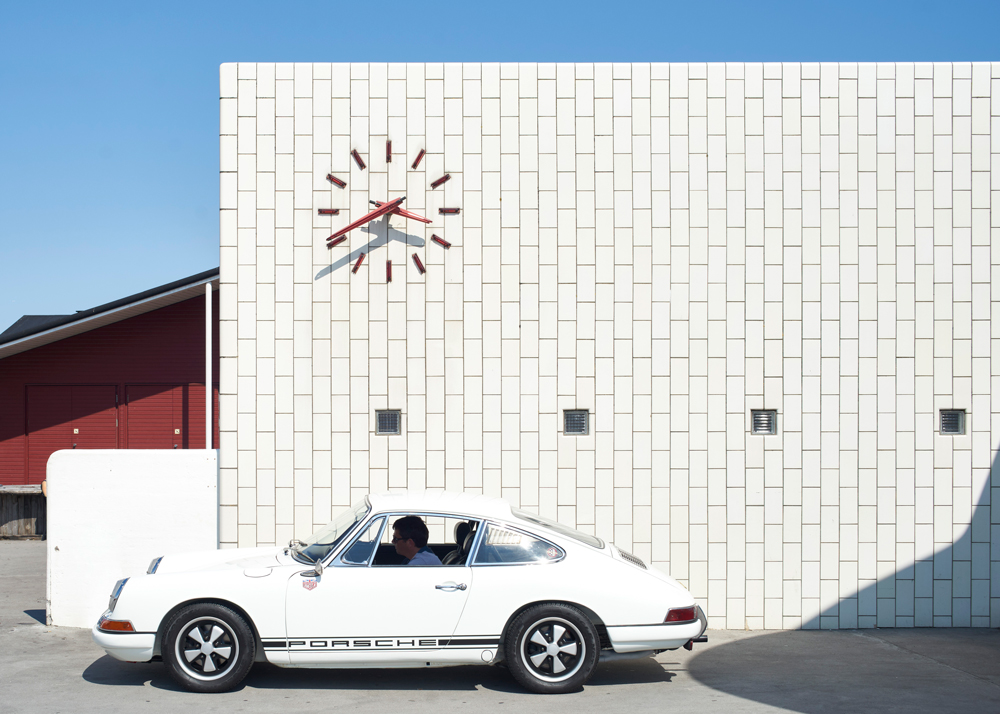
Petrol Station, Skovshoved, Denmark Image © Nils Koenning
Berlin-based photographer, Nils Koenning uses his camera to document architecture and the environment and has a strong notion of contextual storytelling.
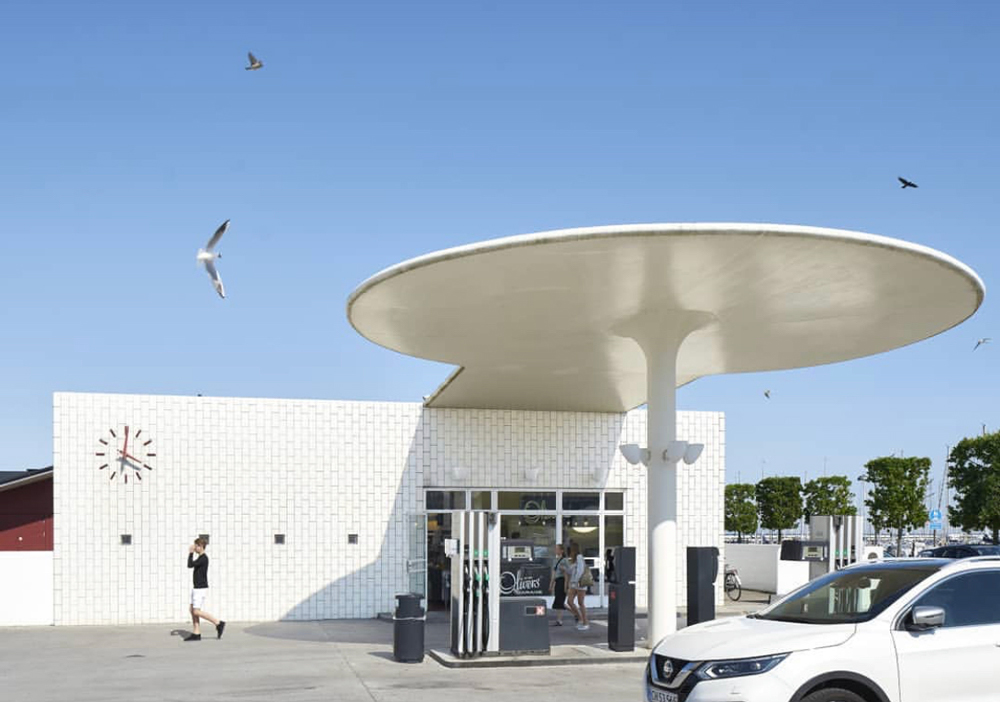
Petrol Station © Nils Koenning
It was clearly a match made in petrolhead heaven photographing the ‘paddehatton’ (mushroom) the locals’ fond name for the now-restored and listed Jacobsen petrol station.
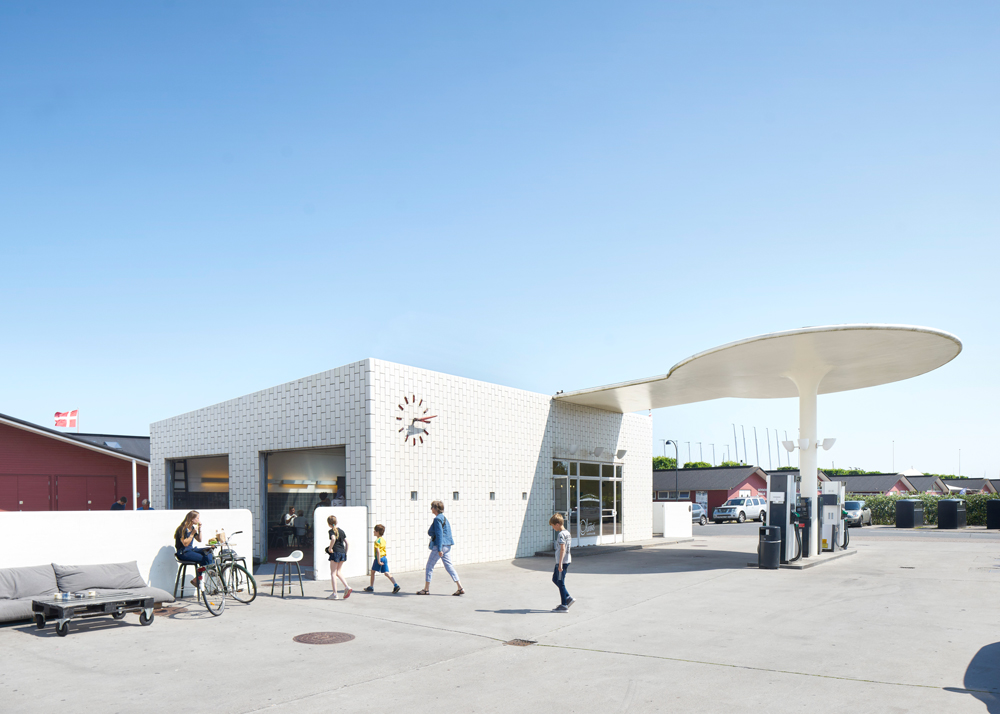
Skovshoved Petrol Station Copenhagen, Denmark Image © Nils Koenning
If petrol is fuel for the tank then one can make the reasonable leap that a church willfully built overlooking the Autobahn is offering fuel for the soul.
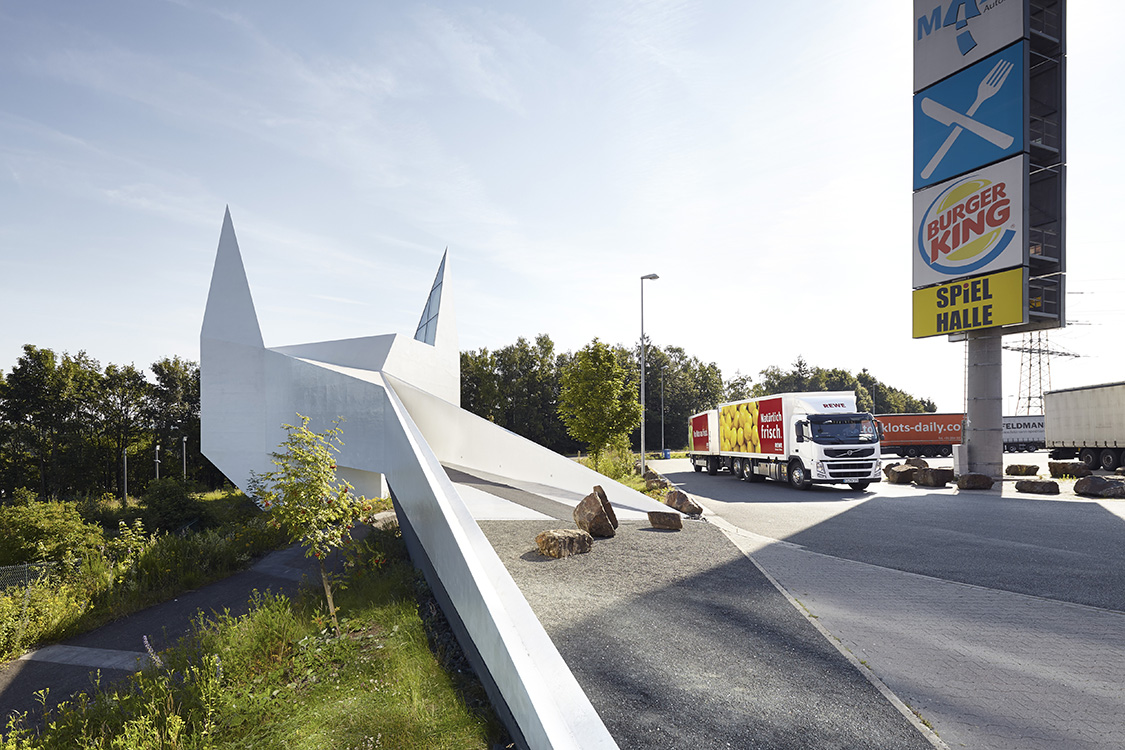
Autobahn Kirche, Siegerland, Germany © Nils Koenning
The Autobahnkirche Siegerland in Wilnsdorf is a uniquely placed House of Worship inches away from traffic roaring by. It offers motorists an opportunity to pull over, reflect and relax. Curiously there is a surprising degree of shared descriptive language between long haul driving, the urge to seek inner peace and an awful lot of country music!
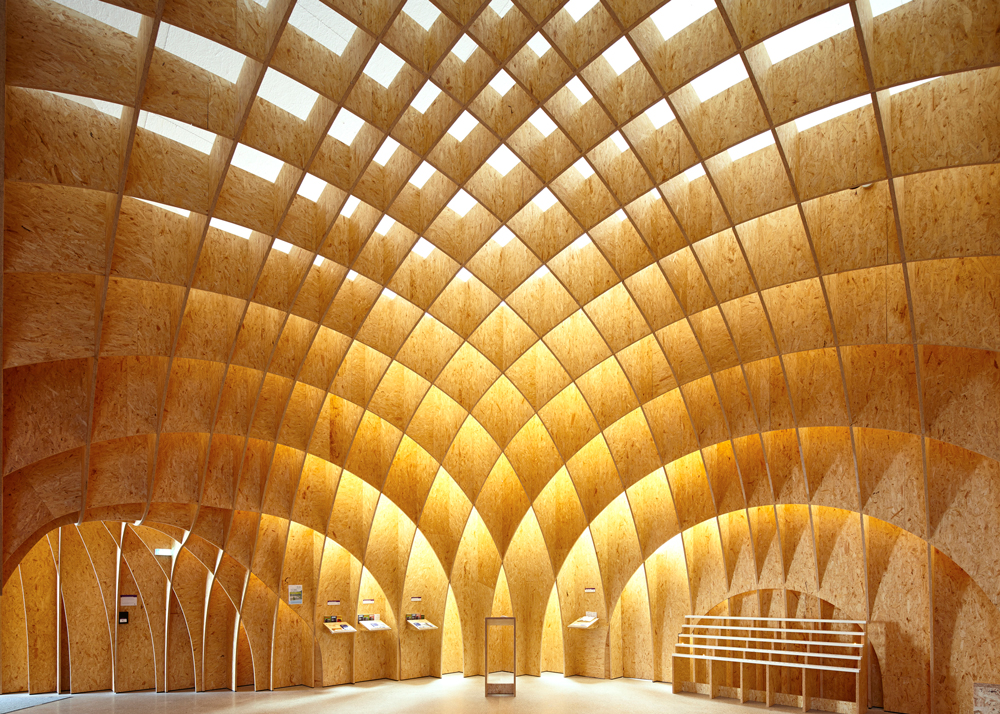
Interior and exterior of Autobahn Kirche, Siegerland, Germany Image © Nils Koenning
Nils studied architecture in his home city, Bochum and followed the family lead, heading to Australia in 2009 after completing his Masters, he returned to Germany six years later. Looking back he recognises that ‘taking a step like this, from the comfort of the known into the unknown was always going to be the beginning of something new. This is exactly what I needed at the time. Moving to Australia, I started to explore different ways to think and investigate architecture. Teaching design methodology at the Melbourne School of Design at Melbourne University was one of these ways and photography was the other’.
‘Photography gave me a way to explore and imagine the story of a place’
‘Experiencing architecture and place in this way is immensely satisfying and creative – it opened a new world of seeing, feeling and understanding architecture for me.
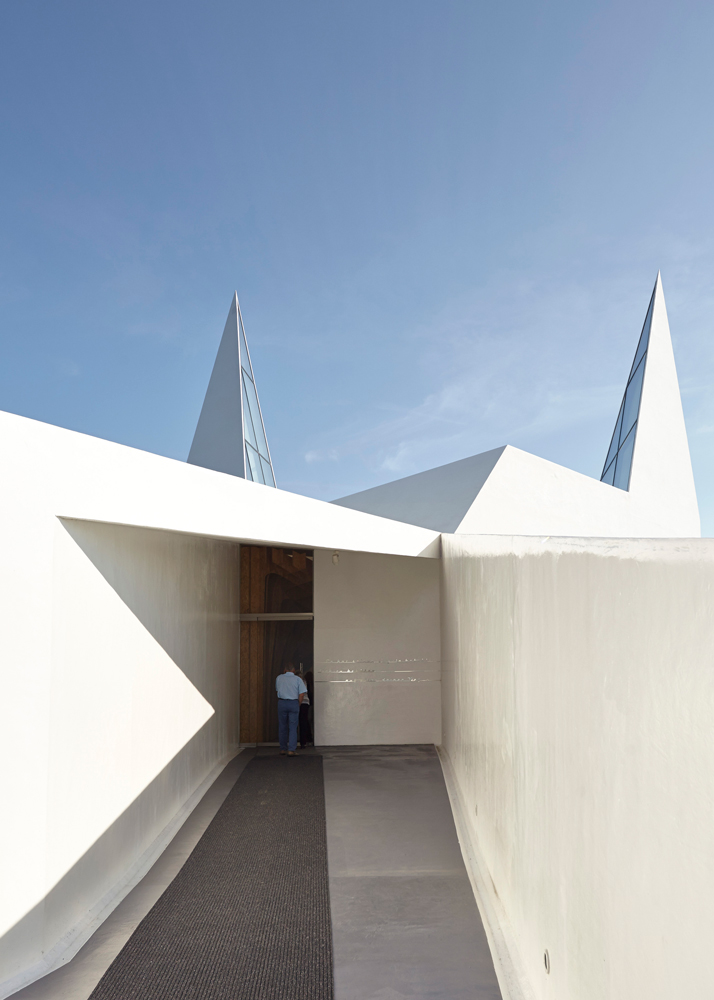
Autobahn Kirche, Siegerland, Germany © Nils Koenning
I’ve been using cameras since my teenage years, but have never spent a minute actually thinking about why or how. I was an unconscious happy snapper – which is an alien thought to me now, as images are so important and can have a lot of power. I met a photographer at a conference in Australia and started to understand what an amazing tool a camera could be. I guess this was the changing point – from here on my whole focus was to make images and tell stories. It takes a lot of practice and apart from the quite simple technical stuff, is a life-long relationship of trying, failing, learning and improving. When I think about it in this sense, it’s very similar to bouldering, maybe that’s why I love both so much’.
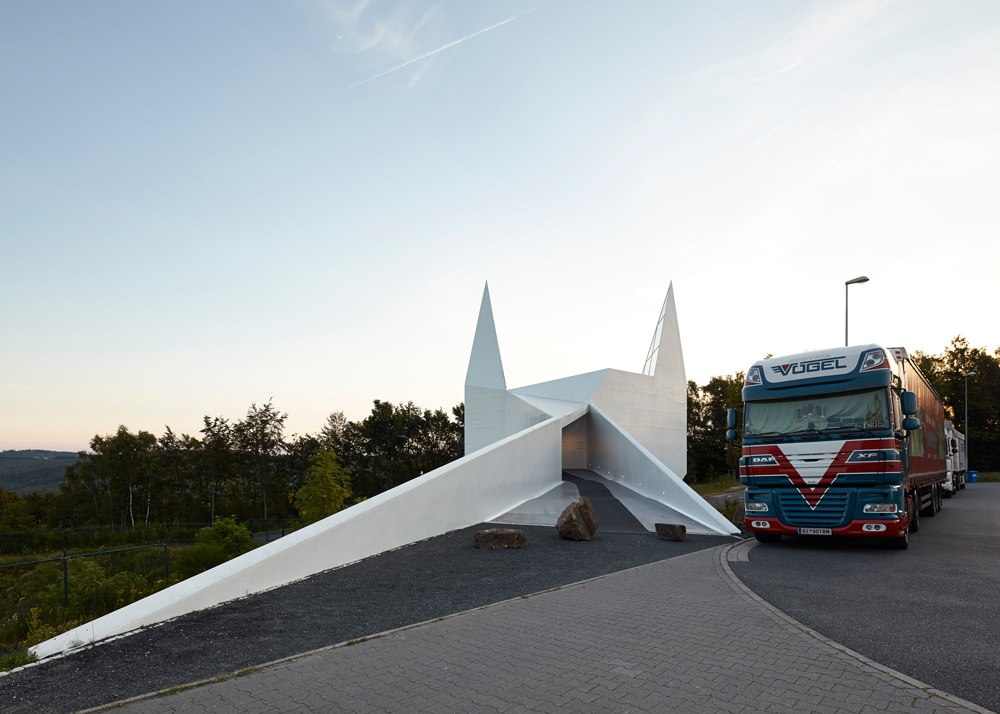
Autobahn Kirche, Siegerland, Germany © Nils Koenning
We asked Nils:
When you are photographing a project, how do you approach your subject? Is there an evolution?
Evolution is a good word for it – it is really an evolving process. Looking at the site and context, sometimes studying plans and thinking about brief. But it really comes together on-site, walking, exploring and understanding everything – context, life and emotion, light and structure. I talk to people who live and work around the place and identify design qualities. Some of the images are imagined before I try to capture them, others are completely situational and free.’
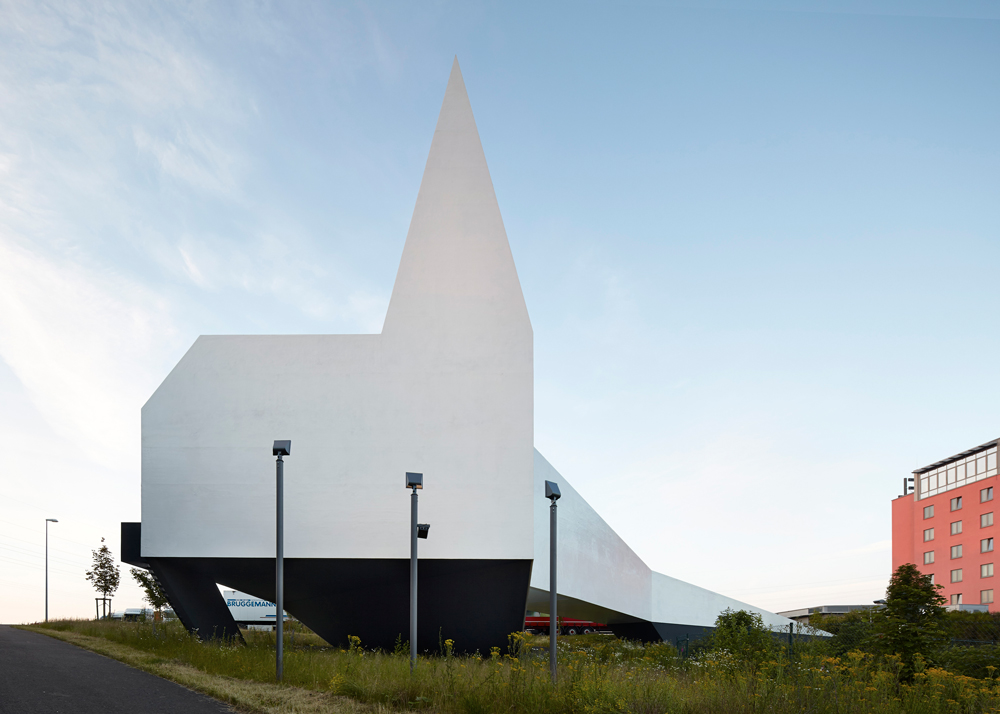
Autobahn Kirche, Siegerland, Germany Image © Nils Koenning
We love the Autobahn Kirche can you describe it – the way you see it?
Approaching it from the Autobahn (highway), it becomes apparent as a distant beacon floating above the treetops. Reaching it involves turning off the highway, navigating past a petrol station and on through a forest of trucks and signs.
The first impression leaves the visitor with an anticipation of a special place, but this can give way to a feeling of randomness and displacement through the contrasting context. However, entering the church through its welcoming arms, a warm and cave like intimate interior comfort the visitor.
Is it possible to building something spiritual by the side of motorway?
Absolutely. l think Schneider + Schumacher demonstrated that quite well. – The contextual contrast of the Autobahn Kirche is immense and very challenging in my eyes. But rather than trying to overcome or dominate this, the architects accepted it and made it part of the experience.
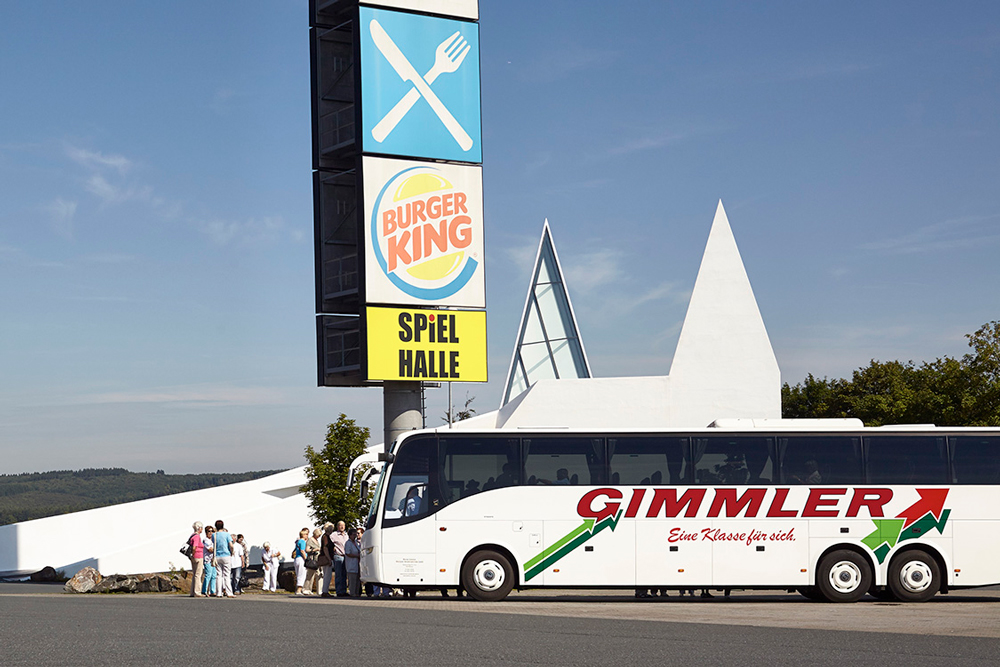
Autobahn Kirche, Siegerland, Germany © Nils Koenning
Could this potential put an end to conventional sacred spaces?
To be honest I hope it inspires the future of this building typology. Change is something vital, renewing and full of life and hope. Looking in the past and imitating, on the other hand, seems a hopeless act of stubborn selfishness in my eyes.
I think religious institutions all over the world, no matter what they believe in, could greatly benefit from this kind of forward thinking.
‘I believe in the power of now’
Trying to be conscious in every moment is invigorating and can open new opportunities. Change is positive whereas doctrines are restrictive and quite backwards-orientated.
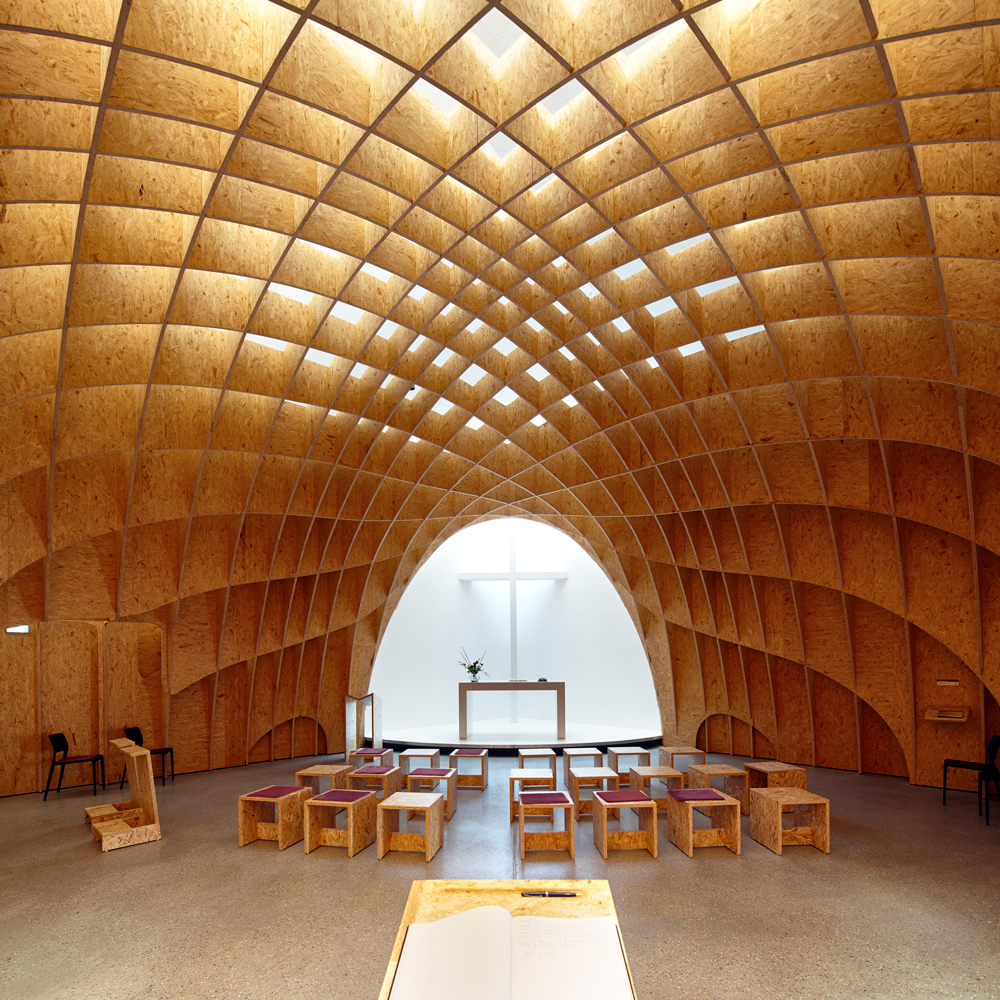
Interior Autobahn-kirche-Siegerland Wilnsdorf architects Schneider and Schumacher Image Nils Koenning
Why the petrol station?
A modernist classic gone hipster cool, rich kids hang-out. – But still modernist enough to not give a damn. It’s a beautifully designed and elegant building that demonstrates just how great architecture can cope and evolve with ever-changing times and our needs as humans.
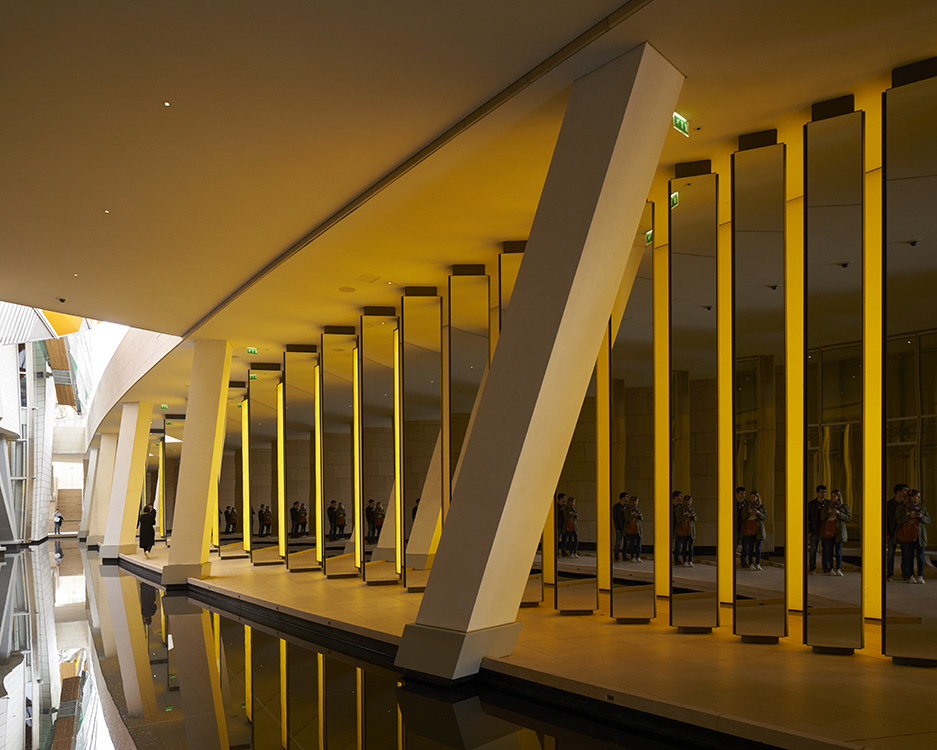
Foundation Louis Vuitton, Paris, France Image ©Nils Koenning
Would you describe yourself as an architect who takes photos or a photographer who designs buildings?
I am a photographer and storyteller. I strongly believe that architecture and to some extent also the environment is always connected with and made by us as humans. The two are inseparable through our history and consciousness. In this way, my work is strongly informed by humans and the environments we create.
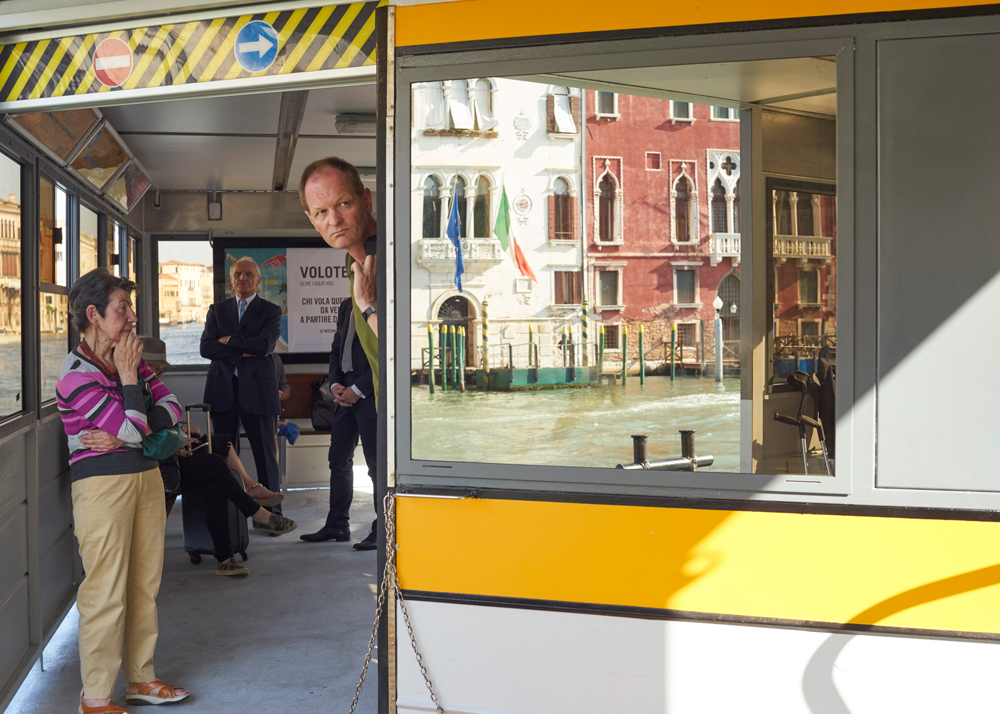
Venice, Italy Image © Nils Koenning
What are you currently working on?
I’m currently working on OMA’s New Museum of Western Australia that I shot last month. Also working through some older projects from last year
Best tip for photographing a building
Don’t try to photograph it. Go there, walk it, feel it, smell it. Then come back and try to show what you’ve experienced in pictures.
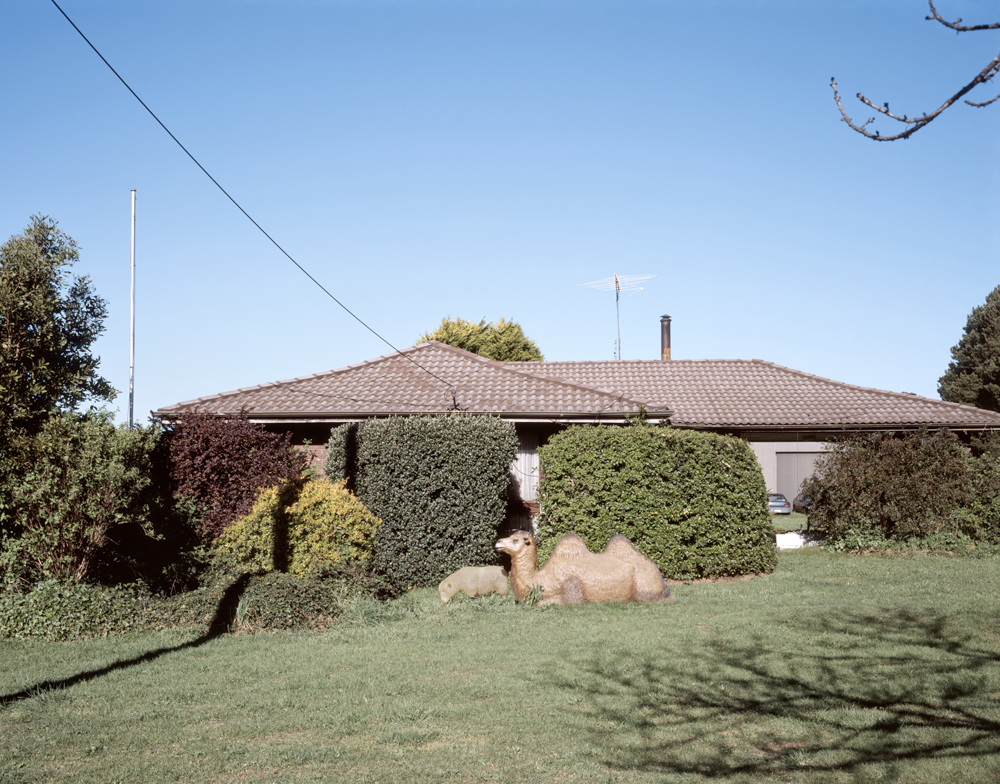
Trentham, Australia Image © Nils Koenning
Your favourite location?
Venice. Wandering the endless narrow streets and watching the never-ending sweaty throng of disorientated tourists is something I can totally lose myself in. The total absence of cars somewhat slows downtime. I love getting up at 5 am, taking the Vaporetto to the beach and going for an early morning swim before the city awakes.
On your wish list?
It’s probably India right now for architecture and photography. For my obsession with mountains and rock climbing its Rocklands in South Africa and Patagonia.
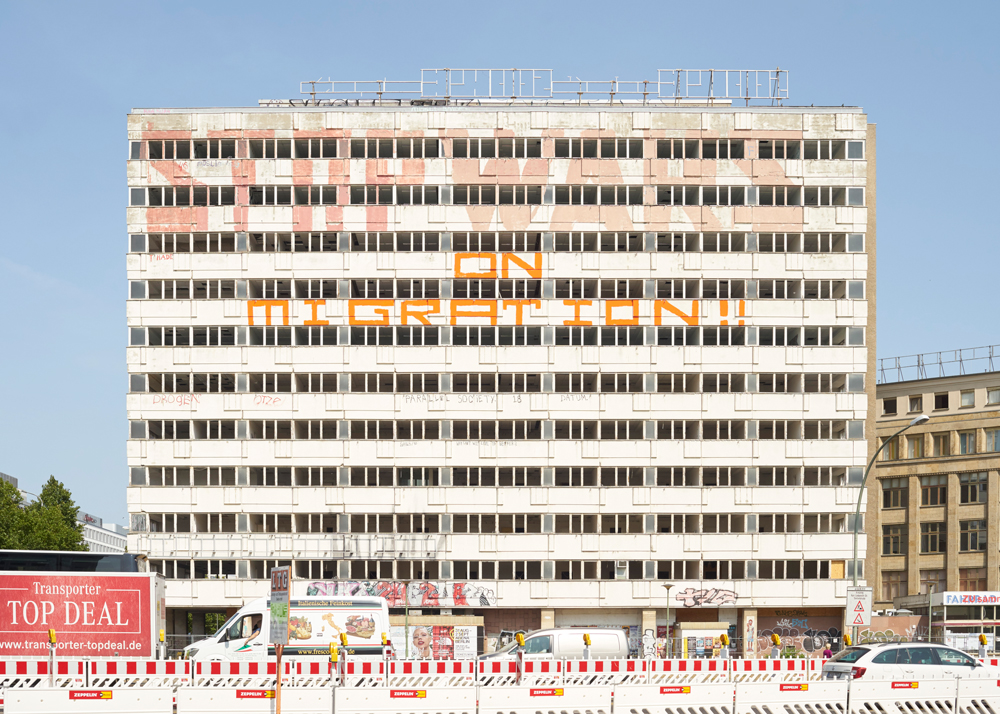
Haus der Statistik, Berlin, Germany Image © Nils Koenning
Do you have a favourite city?
Berlin, a city which is just so comforting, it accepts anything and anyone without question. The density of artists and creative people from all over the planet has a strong resonance and a positive feeling of liveliness…. And of course Venice
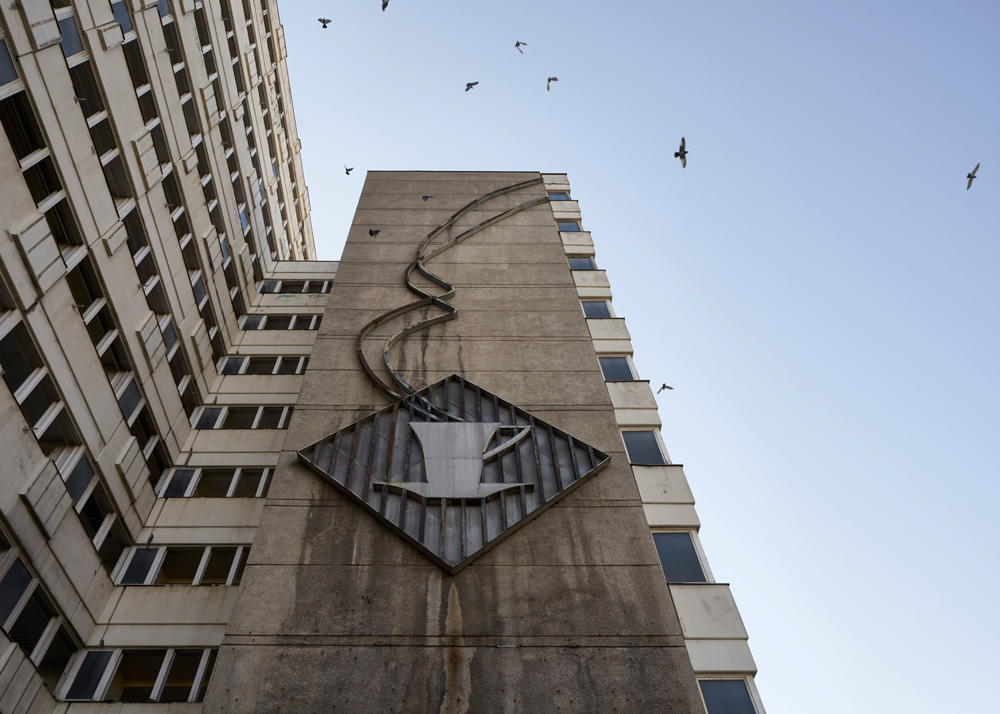
Haus der Statistik, Berlin, Germany Image © Nils Koenning
Any deep-dive recommendations for Berlin?
If you like sweating then the F.I.T sauna in Berlin, close to Senefelderplatz, is a place to worship. Most Germans will ‘shh’ you if you even wince in a ‘normal’ sauna in this country like you can only relax in silence. F.I.T is different. The Sauna itself is in the back of an old firetruck and there’s a yurt for changing and relaxing in between. It’s a real old-style Berlin place – a Finnish Sauna with real people. You can laugh and sing and talk, drink beer or water, sit by an open fire and just be human.
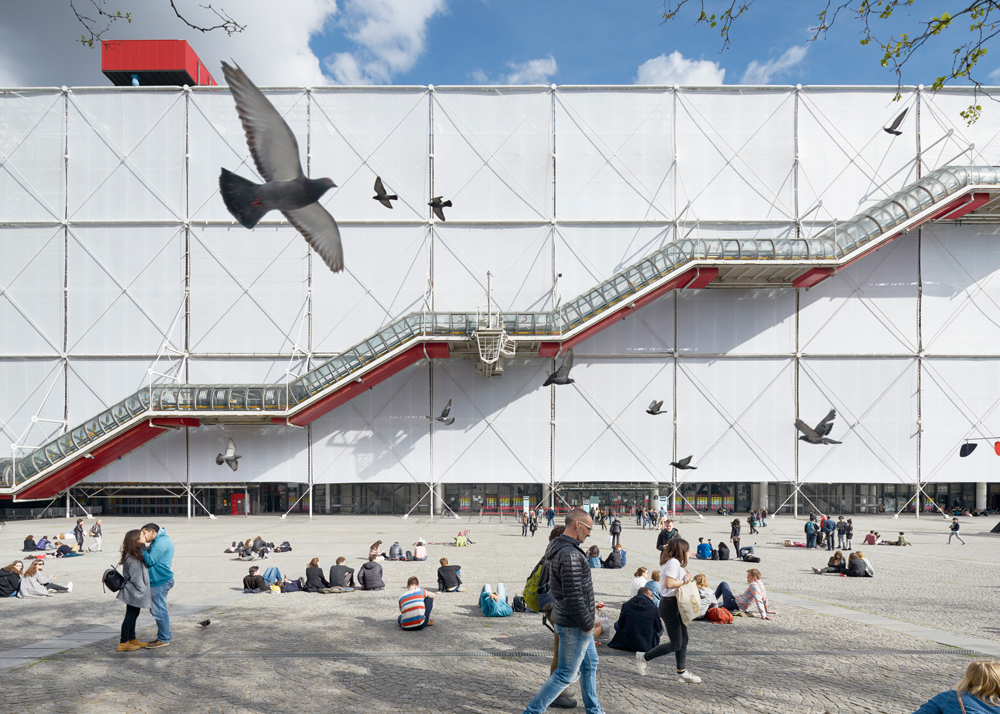
Centre Pompidou, Paris, France Image © Nils Koenning
I have always had a love for the worst dive bars the universe has to offer. I guess I feel like there is not so much pretentious behaviour, just straight to the point honest drinking. If you’re after something like this, the Schlawinchen close to Kotti is pretty much as good as it gets.
Berlin nightlife works in a different timezone. You need to start slow and be patient, most places don’t really get going before 2/3 am.
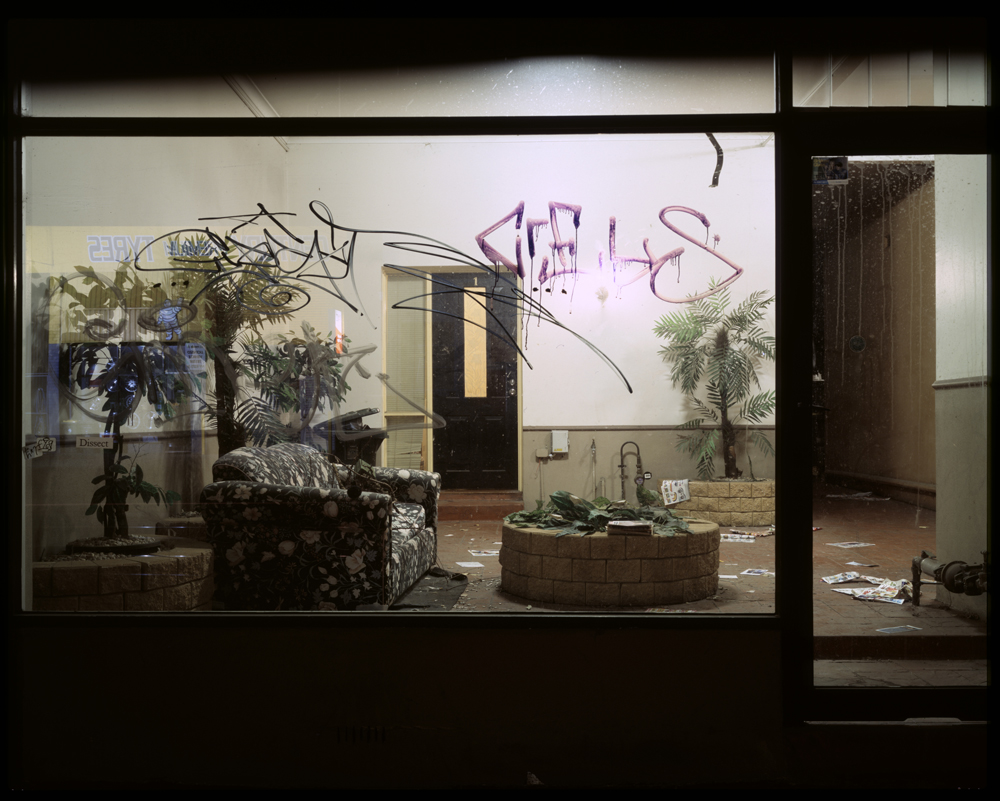
Coburg North, Australia © Nils Koenning
Visit the Arne Jacobsen petrol station: Kystvejen 24, 2920 Charlottenlund
All images Copyright of Nils Koenning
Find Nils on Instagram at www.instagram.com/nils_koenning/
And on his website at http://www.nilskoenning.com/




